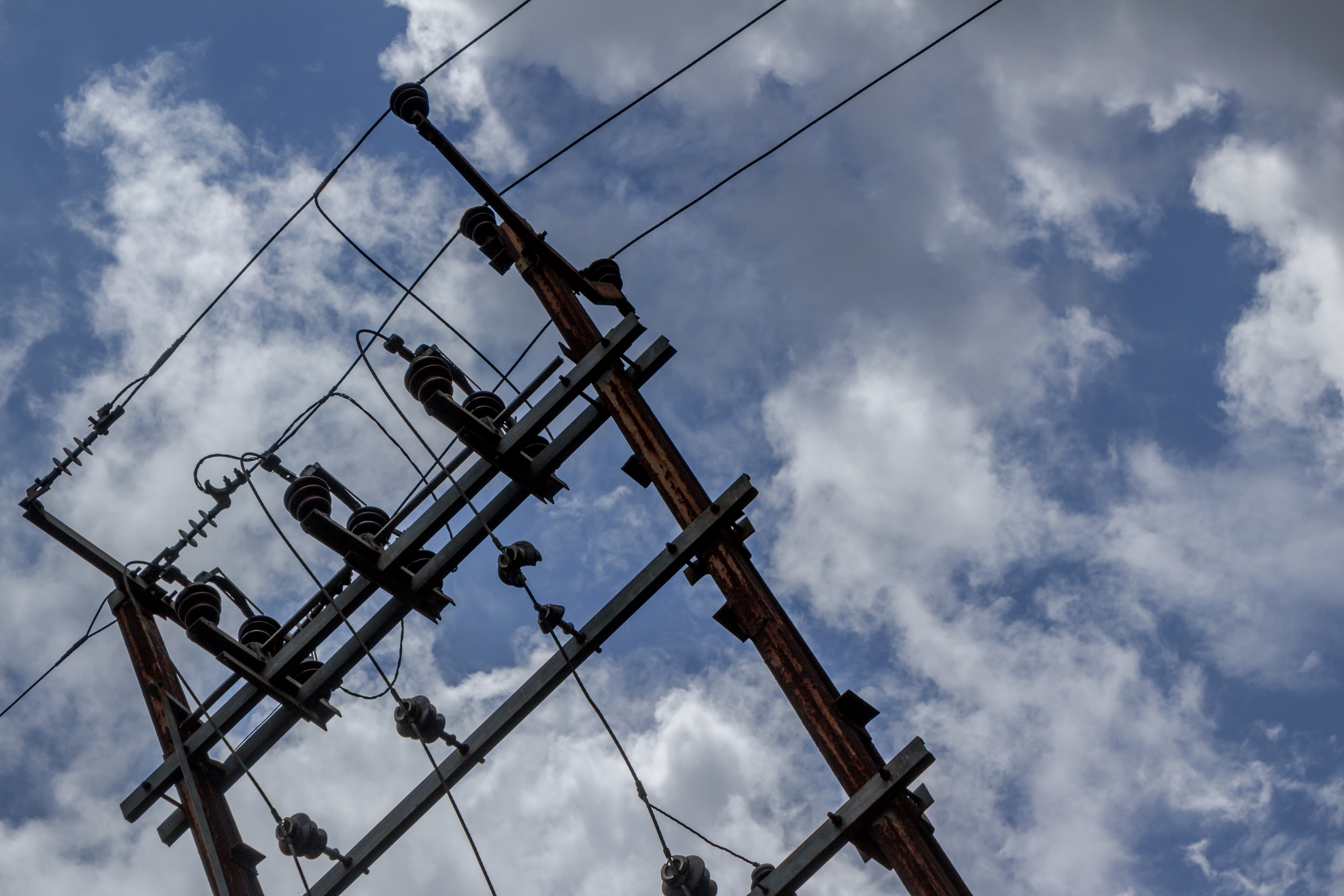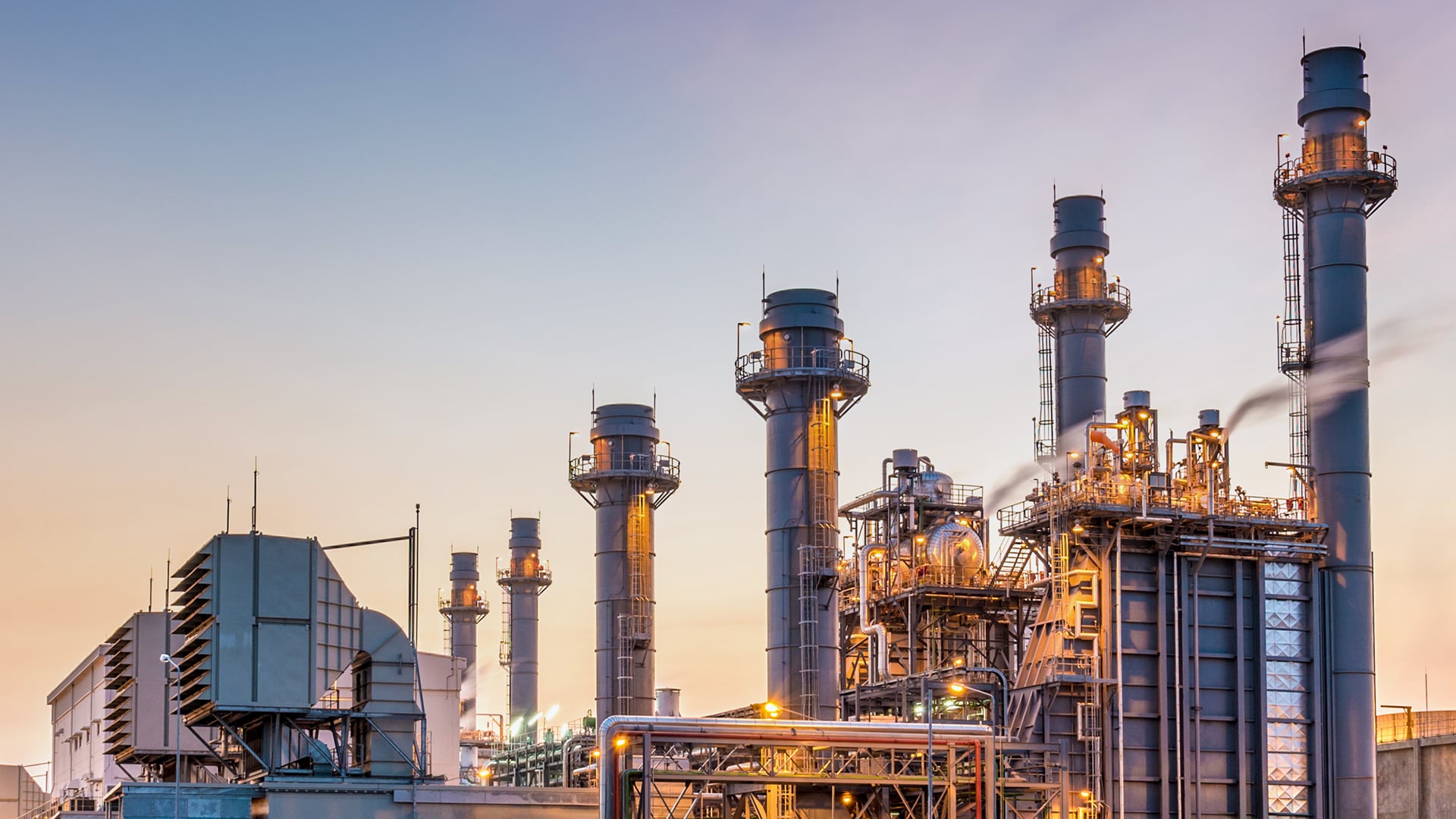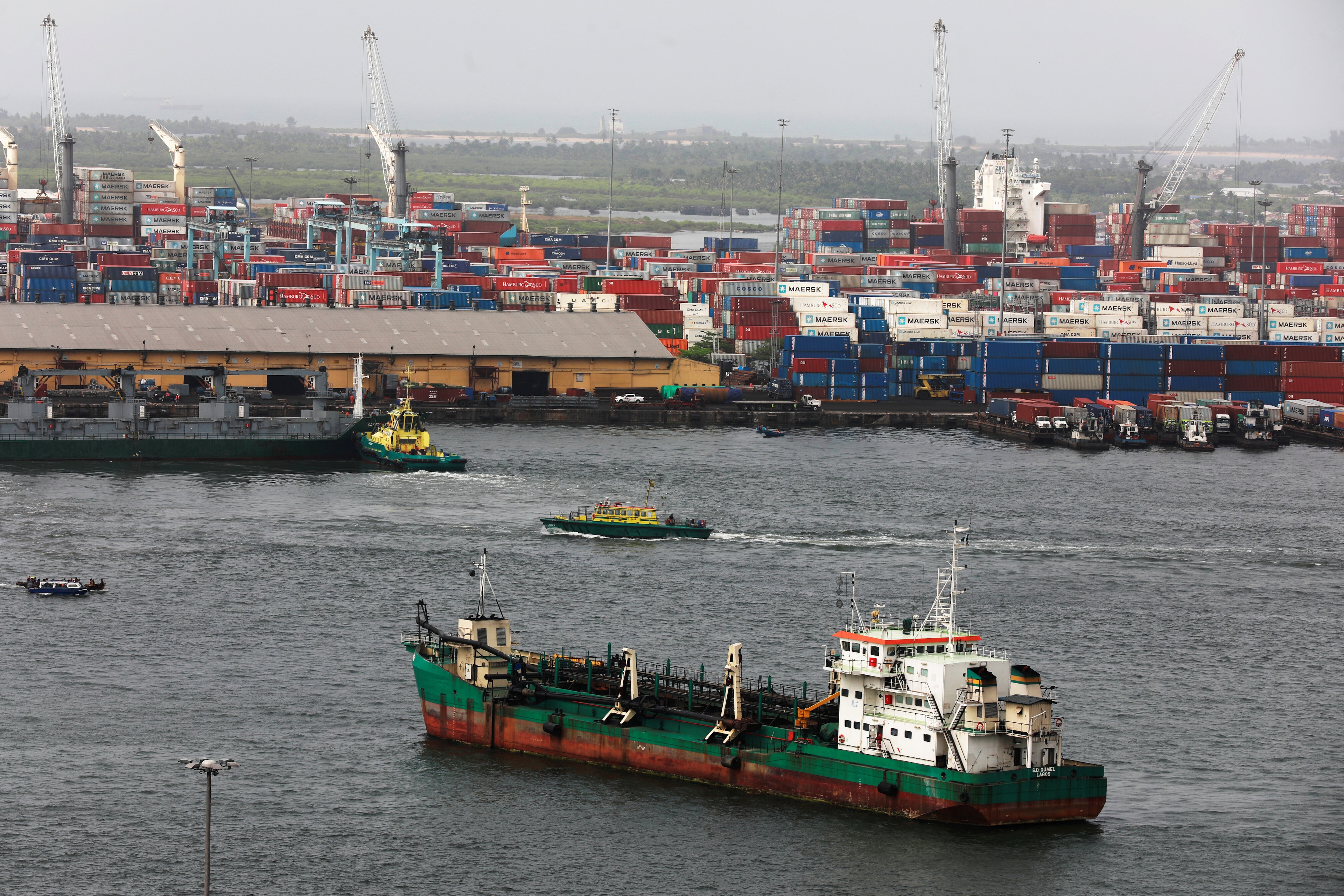What exactly is a passive house – and could it be the future of sustainable housing?

The first passive house complex was built in Germany thirty years ago.
Image: Unsplash/Stephan Bechert
Stay up to date:
SDG 07: Affordable and Clean Energy
- Passive houses harness natural energy sources to generate – and capture – heat, reducing the need for bought-in energy.
- The approach can help the construction industry reduce carbon emissions and meet international climate targets.
- While they substantially reduce utility bills, the high cost of construction means passive houses are unlikely to meet the world’s affordable and social housing needs.
Thirty years ago, the world's first so-called passive house complex was built in Germany as part of an effort to sustainably construct buildings and limit environmental damage.
Dr Wolfgang Feist, founder and leader of the Passive House Institute, developed the idea that, by using the right materials and techniques, buildings could be heated or cooled with minimal need for bought-in energy.

The 5 key principles
Known in German as ‘passivhaus’, these buildings are warmed from ‘passive’ sources such as the sun, the heat emitted by occupants, or warmth given off by household appliances. With good insulation, in theory, passive houses need never rely on traditional, inefficient and climate-damaging temperature control systems powered by electricity, gas or oil.
Dr Feist’s blueprints were built on five key principles to retain heat energy within the building: high-quality thermal insulation, triple-glazed windows, the avoidance of thermal bridges, an airtight building envelope and a ventilation system that can recover heat. In practice, these principles can ensure generated heat is held within the building for up to two weeks.
To be certified as meeting passive house standards, buildings must undergo rigorous tests set by the Passive House Institute in Germany.
Passive houses consume about 90% less heating energy than older buildings and 75% less energy than the average newly-constructed building, the Institute says. They only need an additional source of heating when the weather is very cold, while in hot summer months air conditioning is unnecessary as insulation keeps the heat out.

Meeting climate change targets
As concerns about climate change increase and more people move to urban areas, interest has grown again in Feist’s approach. Buildings certified by the Institute can be seen across continents, from family homes in Japan to the world’s first passive house hospital in Frankfurt, Germany, which is due to be completed later this year.
The upscale Charlotte of the Upper West Side development, which opened in New York City in 2020, embodies many passivhaus features, so much so that it has been dubbed the “greenest condo in Manhattan”.
As well as the obvious financial savings gained from slashing utility bills, passive houses can more broadly help governments and societies meet emissions-reduction targets, especially in the construction industry. Urban areas remain a major contributor to climate change, according to United Nations studies, and the passive house concept has been put forward as a way to meet the World Green Building Council’s aim of achieving full carbon neutrality in home buildings by 2050.
A solution for affordable housing?
Unfortunately, the cost of construction makes passive houses prohibitively expensive for many nations; on top of financial hurdles, there are also the issues of securing planning approvals from officials unused to the concept, sourcing compliant materials and securing the Institute’s certification.
As such, passive housing is, at this point, an unlikely solution to rehousing the billion people around the world that the United Nations estimates live in “informal settlements”. The Charlotte may be good for the environment, but each apartment’s multi-million-dollar price tag means it won’t help fill New York City’s desperate need for more social housing.
Accept our marketing cookies to access this content.
These cookies are currently disabled in your browser.
Accept our marketing cookies to access this content.
These cookies are currently disabled in your browser.
Don't miss any update on this topic
Create a free account and access your personalized content collection with our latest publications and analyses.
License and Republishing
World Economic Forum articles may be republished in accordance with the Creative Commons Attribution-NonCommercial-NoDerivatives 4.0 International Public License, and in accordance with our Terms of Use.
The views expressed in this article are those of the author alone and not the World Economic Forum.
Related topics:
Forum Stories newsletter
Bringing you weekly curated insights and analysis on the global issues that matter.
More on Energy TransitionSee all
Eneida Licaj and Sarah Moin
September 23, 2025
Natalie Unterstell and Alex Scott
September 22, 2025
Gavin Templeton
September 19, 2025
Keith Svendsen
September 18, 2025
Stephanie Jamison
September 18, 2025







